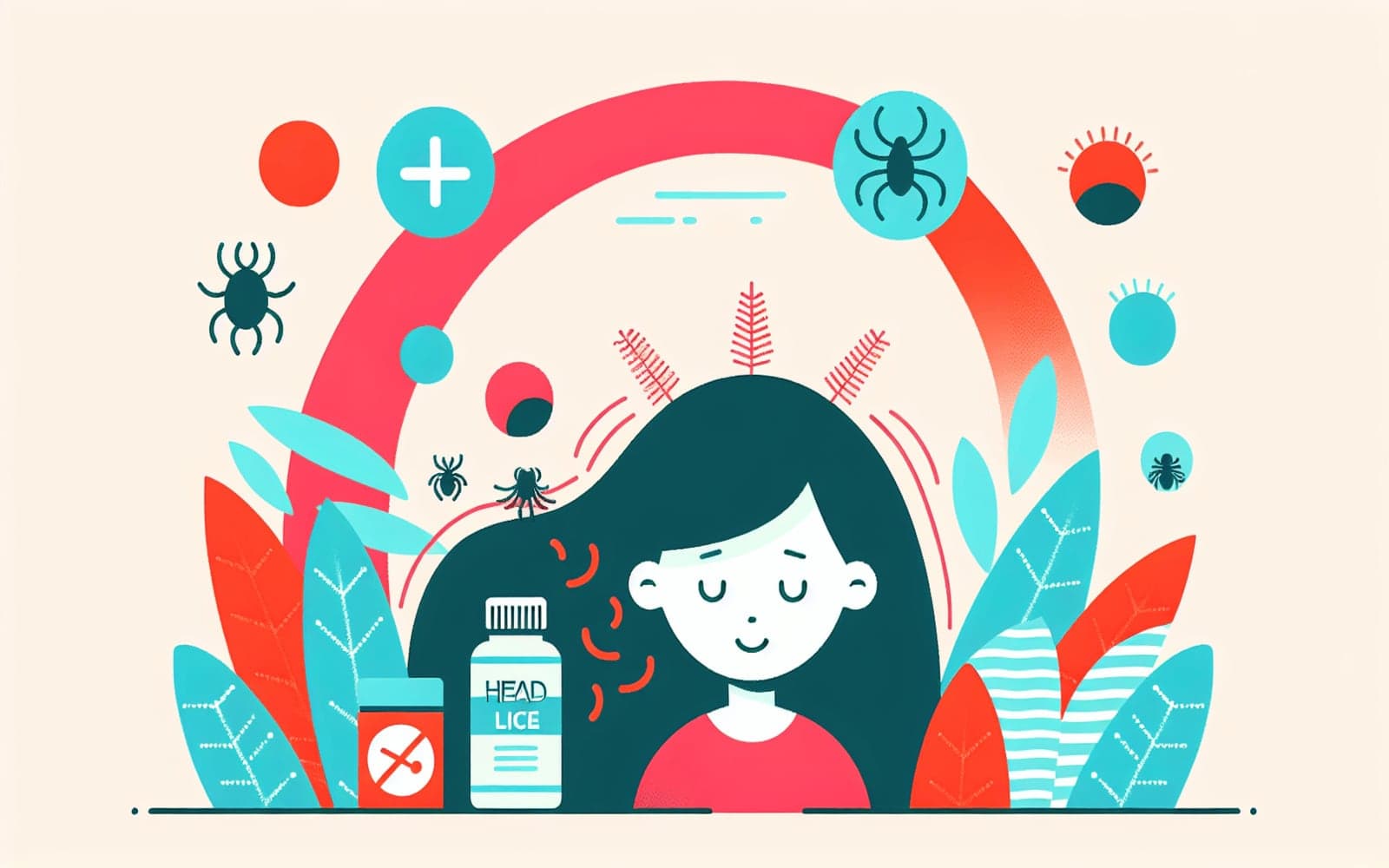Lice-Free Living: Top Tips to Prevent Head Lice
Published: Jan 31, 2024
While head lice are common, especially among children, there are ways to reduce the risk of infestation. Prevention is key in keeping these tiny troublemakers at bay.
Contents
No Sharing is Caring
Head lice spread primarily through direct head-to-head contact. Teach children not to share personal items that touch the head. This includes hats, scarves, hair accessories, brushes, and combs. During sleepovers or camps, advise kids to keep their pillows and sleeping bags to themselves. Remember, lice don't jump or fly, but they can crawl from one head to another during close contact.
Regular Head Checks
Early detection is crucial in preventing the spread of lice. Make head checks a regular part of your family's routine, especially during the school year. Use a fine-toothed comb to part the hair and examine the scalp, particularly behind the ears and near the neckline. Look for tiny eggs (nits) attached to hair shafts or crawling lice. If you spot anything suspicious, confirm with a healthcare provider and start treatment promptly.

Post-Exposure Precautions
If you know your child has been exposed to someone with head lice, take extra precautions. Wash any items that the person with lice may have used in the past 48 hours. Use hot water (at least 130°F) and dry on high heat. Items that can't be washed can be sealed in a plastic bag for two weeks. While these steps aren't always necessary, they can provide peace of mind.
Frequently Asked Questions
No, human head lice only infest humans.
No, routine use of lice treatments isn't recommended.
No, lice hold tightly to hair and don't spread in water.
No, but be vigilant about checking for lice.
Key Takeaways
While no method is foolproof, these preventive measures can significantly reduce the risk of head lice infestations.
Want personalized advice on preventing head lice in your family? Consult Doctronic, your AI doctor, for tailored prevention strategies.Related Articles
References
Frankowski BL, Bocchini JA Jr, Council on School Health and Committee on Infectious Diseases. Head lice. Pediatrics 2010; 126:392.
US Centers for Disease Control and Prevention. Head Lice: Prevention and Control. https://www.cdc.gov/parasites/lice/head/prevent.html
Always discuss health information with your healthcare provider.

